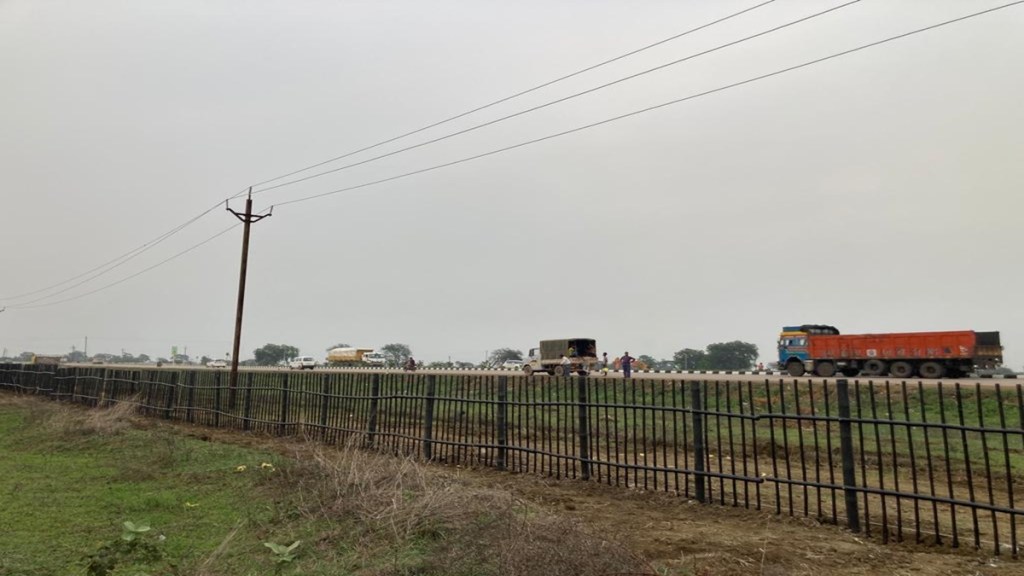The government has come up with an innovative way to prevent accidents on the National Highways, and that is by building ‘Bahu Balli Cattle Fences’. These fences are not only going to prevent the loss of human life but are also going to be environmentally friendly.
Union Minister Nitin Gadkari in a tweet informed the public about this new idea which got us thinking if these fences are really going to be strong enough (assuming by the filmy name) to prevent accidents. To comprehend this, let’s first try to understand what these fences are all about.
A fence for cattle
Nitin Gadkari in a tweet explained that the ‘Bahu Balli Cattle Fences’ along the National Highways are going to prevent the cattle from crossing the road and causing dangerous accidents.
These fences are going to be installed on NH-30 and are going to be at least 1.20 meters in height.
Why the name Bahu Balli?
These fences are going to be built using bamboo which Gadkari claims is going to be fully effective and environmentally friendly. The minister informed that the bamboo will be treated with creosote oil and then coated with HDPE which will make it a stronger alternative to steel! He further added, “The fence has a fire rating of Class 1, ensuring safety, and aligns with the principles of #AatmanirbharBharat, which aims to make all highways sustainable and minimize harm to wildlife and cattle.”
This is actually going to be the first time that bamboo is being trusted by the NHAI instead of mild steel fencing.
Can ‘Bahu Balli Cattle Fence’ really prevent accidents?
According to Fact Protocol, Bamboo is a naturally strong material, but it can be further strengthened by treating it with creosote oil. For those unaware, Creosote oil is in oily liquid form that is a byproduct of coal tar distillation. It is a good preservative and can help to protect bamboo from rot and decay.
The findings by Fact Protocol further say that when bamboo is treated with creosote oil and coated with HDPE, it becomes a very strong and durable material. It is often used as an alternative to steel in applications where weight and cost are important factors.
